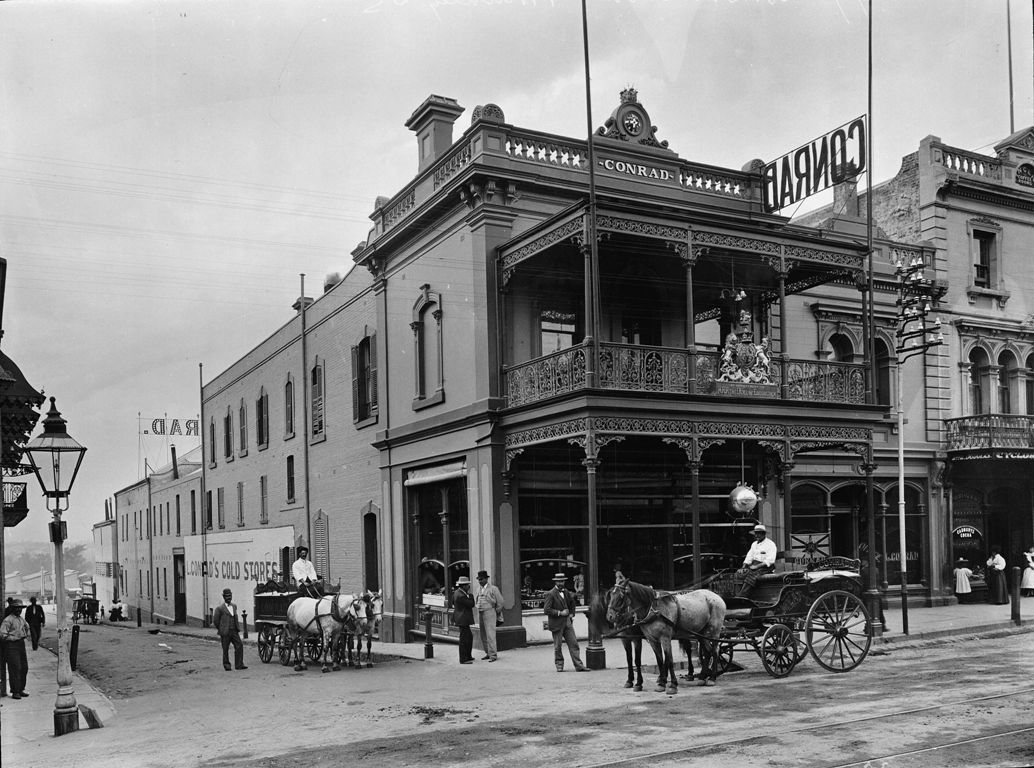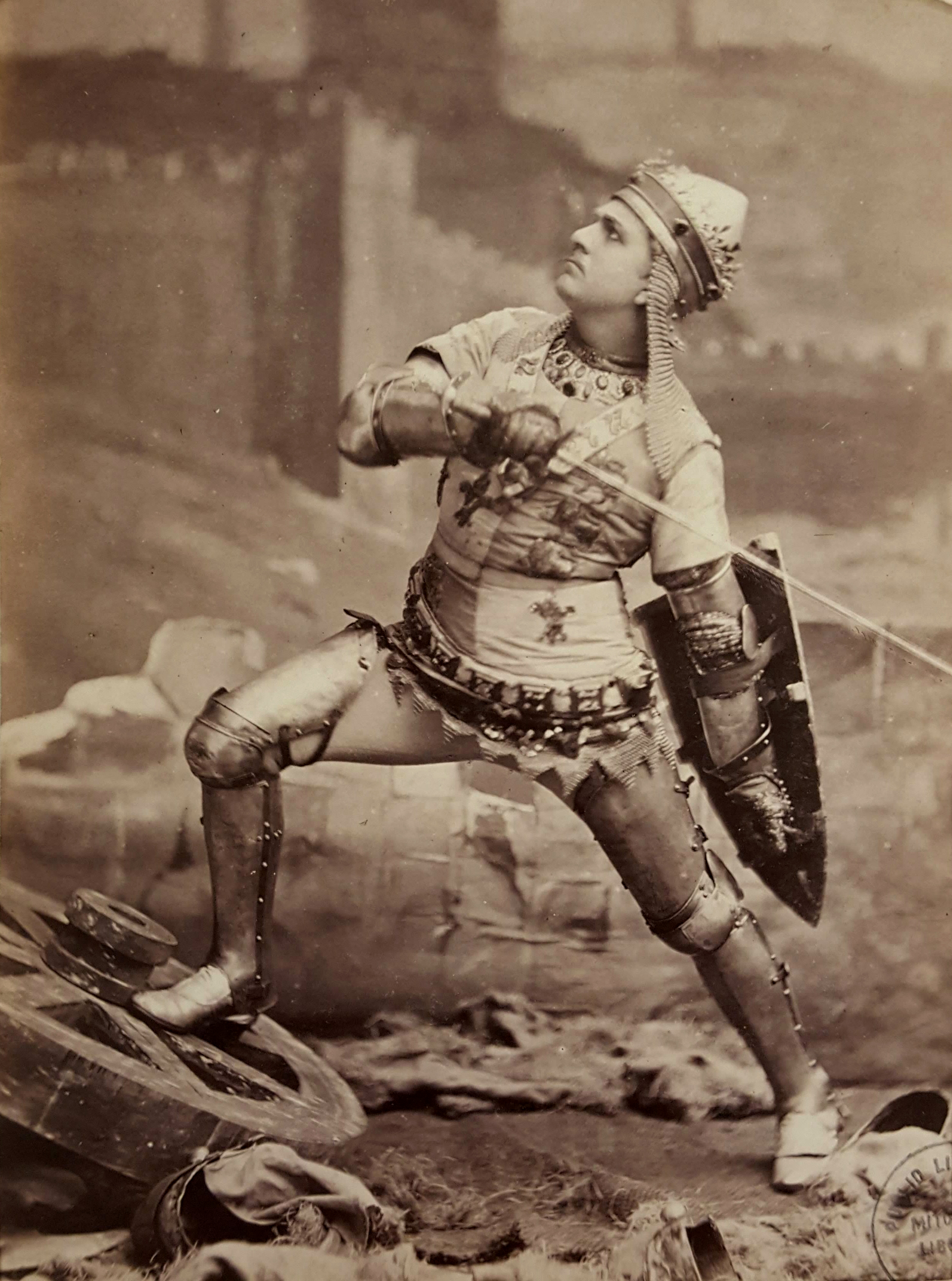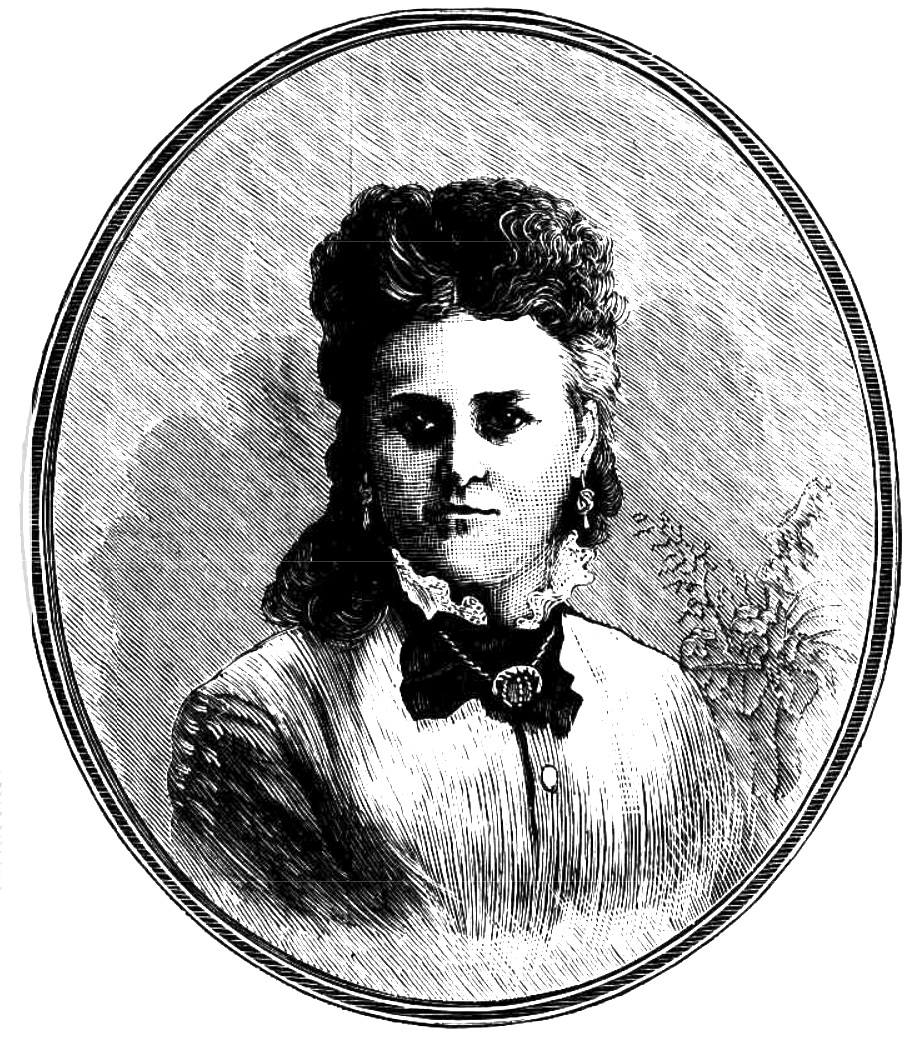|
Theatre Royal, Adelaide
The Theatre Royal on Hindley Street, Adelaide was a significant venue in the history of the stage and cinema in South Australia. After a small predecessor of the same name in Franklin Street, Adelaide (built 1838), the Theatre Royal in Hindley Street was built in 1868. It hosted both stage performances and movies, passing through several changes of ownership before it was eventually demolished to make way for a multi-storey car park in 1962. History 19th century The first "Theatre Royal" in Adelaide was a small venue above the Adelaide Tavern in Franklin Street, managed by a Mr. Bonnar, and was opened in May 1838. The first production staged there was ''Mountaineers, or, Love and Madness'' (Colman). Bonnar was succeeded as manager by Sampson Marshall. This was eclipsed in 1841 by the opening of the Queen's Theatre on Gilles Arcade, off Currie Street, and the old theatre was remodelled as a Commercial Exchange. In December 1850 the Royal Victoria Theatre (later Queen's) opene ... [...More Info...] [...Related Items...] OR: [Wikipedia] [Google] [Baidu] |
Hindley Street, Adelaide
Hindley Street is located in the north-west quarter of the centre of Adelaide, the capital of South Australia. It runs between King William Street and West Terrace. The street was named after Charles Hindley, a British parliamentarian and social reformist. The street was one of the first built in Adelaide and is of historical significance for a number of reasons. As well as housing the first meeting of Adelaide City Council, the oldest municipal body in Australia, in November 1840, Hindley Street was home to the first stone church in South Australia; it was also the location of the first movie shown in the colony and the first cinema in the state. The West End Brewery operated in the street between 1859 and 1980. The street later became known for its atmosphere and active nightlife, including a somewhat seedy reputation, until in the 21st century it reinvented itself as a more upmarket precinct, dubbed the West End. History 19th century Hindley Street is as one of A ... [...More Info...] [...Related Items...] OR: [Wikipedia] [Google] [Baidu] |
The Express And Telegraph
''The Telegraph'' was a newspaper in Adelaide, South Australia, founded in 1862, and merged with '' The Express'' to become ''The Express and Telegraph'', published from 1867 to 1922. History ''The Adelaide Telegraph'' The Adelaide ''Telegraph'' was founded and edited by Frederick Sinnett (c. 1836 – 23 November 1866) and first published by David Gall on 15 August 1862 as an evening daily, independent of the two morning papers '' The Advertiser'' and ''The Register''. ''The Advertiser'', which was first published in 1858, retaliated in 1863 by founding its own afternoon newspaper, ''The Express'', as a competitor to ''The Telegraph''. Ebenezer Ward served as sub-editor 1863 to 1864, when he joined Finniss's Northern Territory expedition as clerk-in-charge, then returned to the ''Telegraph'' the following year after being sacked by Finniss for insubordination. Sinnett left for Melbourne in late 1865, and Ward succeeded him as both editor (briefly) and parliamentary shorth ... [...More Info...] [...Related Items...] OR: [Wikipedia] [Google] [Baidu] |
George Rignold
George Richard Rignold, born George Richard Rignall, (1839 – 16 December 1912) was an England, English-born actor, active in Britain and Australia. Early life Rignold was born in Birmingham, England. He was the son of William Rignall, an actor and theatre manager, and his wife Patience Blaxland, an actress. The surname Rignold was used professionally by both George and his brother William Rignold, William. George Rignold began his acting career quite young, playing the part of the messenger in Macbeth. Acting career Rignold soon gained a reputation as an actor, playing in London the parts of William in ''Black-Eyed Susan'' and Romeo in Romeo and Juliet. In 1869, he was part of the company at the Queen's Theatre, Long Acre. He then toured the United States (where women would fight over the good-looking actor) and Canada from 1875, where he made a great impression — a reference in ''The Atlantic Monthly'' in 1938 shows that memory of him persisted. He then toured in Australi ... [...More Info...] [...Related Items...] OR: [Wikipedia] [Google] [Baidu] |
Arthur Chapman (agent)
Arthur Chapman (1838 – 8 May 1909) was a businessman in Adelaide, South Australia, closely associated with the Theatre Royal, Adelaide. History James Chapman, a tailor and draper of Kent, England, emigrated to South Australia with his wife Mary and their seven children aboard ''Rajah'', arriving at Adelaide in April 1850. He founded a drapery on Hindley Street, at that time the premier business strip in the young city. Arthur Chapman was educated at J. L. Young's Adelaide Educational Institution and began working for his father, then after some experience at the gold diggings at Goulburn, Victoria, where he worked as assistant in a general store for three years, returned to Adelaide and took up some clerical work. He then went into business on his own account at the Register Chambers as liquidator, in 1869 taking on Michael Kingsborough as partner, in Kingsborough & Chapman, land agents and investment brokers, with an office in the Advertiser Building. Among their staff was Har ... [...More Info...] [...Related Items...] OR: [Wikipedia] [Google] [Baidu] |
The South Australian Advertiser
''The Advertiser'' is a daily Tabloid (newspaper format), tabloid format newspaper based in the city of Adelaide, South Australia. First published as a broadsheet named ''The South Australian Advertiser'' on 12 July 1858,''The South Australian Advertiser'', published 1858–1889 National Library of Australia, digital newspaper library. it is currently a tabloid printed from Monday to Saturday. ''The Advertiser'' came under the ownership of Keith Murdoch in the 1950s, and the full ownership of Rupert Murdoch in 1987. It is a publication of Advertiser Newspapers Pty Ltd (ADV), a subsidiary of News Corp Australia, itself a subsidiary of News Corp. Through much of the 20th century, ''The Advertiser'' was Adelaide's morning broadsheet, ''The News (Adelaide), The News'' the afternoon tabloid, wit ... [...More Info...] [...Related Items...] OR: [Wikipedia] [Google] [Baidu] |
Clara Vesey
Clara may refer to: Organizations * CLARA, Latin American academic computer network organization * Clara.Net, a European ISP * Consolidated Land and Rail Australia, a property development consortium People * Clara (given name), a feminine given name (includes a list of people and fictional characters with this name) * Saint Clara or Clare of Assisi ; Surname * Florian Clara (born 1988), Italian luger * Roland Clara (born 1982), Italian cross country skier Places France * Clara, Pyrénées-Orientales, a commune of the Pyrénées-Orientales ''département'' in southwestern France Ireland * Clara, County Kilkenny, a parish * Clara, County Offaly, a town in Ireland ** Clara Bog, a wetland near the town of Clara, County Offaly * Clara, County Wicklow, sometimes referred to as the "smallest village in Ireland" United Kingdom *Clara Vale, a village in Tyne and Wear, England United States *Clara, Florida, area on the border of Taylor County and Dixie County * Clara City, Minnesota * ... [...More Info...] [...Related Items...] OR: [Wikipedia] [Google] [Baidu] |
Minna Fischer
Minna Pauline Fischer (20 January 1858 – 7 August 1941) was an Australian lyric soprano and singing teacher in London. History Fischer was born in Tanunda, South Australia, the second daughter of George Friedrich Fischer and his second wife Emma Caroline Antoinette Fischer, née Sobels (married 5 April 1855). George emigrated to South Australia aboard the ship ''Louise'', arriving 26 March 1849, and was soon involved in the city's musical scene, performing with Frederick and Albert Seyler, who arrived aboard ''Alfred'' in December 1848. George was co-owner with Robert Wiener (died 1878) of a Rundle Street, Adelaide, Rundle Street coffee house, birthplace of the Adelaide Liedertafel, then licensees of the Tanunda Hotel from 1862 to 1870. He ran the National Hotel, Adelaide in Pirie Street 1871–72, the Hamburg Hotel, Adelaide, Hamburg (later Oriental) on the Gawler Place/Rundle Street corner 1872–73, and the Pier Hotel, Glenelg, Pier, Glenelg 1873–74, when he was found gui ... [...More Info...] [...Related Items...] OR: [Wikipedia] [Google] [Baidu] |
Emily Soldene
Emily Soldene (30 September 1838 – 8 April 1912) was an English singer, actress, director, theatre manager, novelist and journalist of the late Victorian era and the Edwardian period. She was one of the most famous singers of comic opera in the late nineteenth century, as well as an important director of theatre companies and later a celebrated gossip columnist. Life and career Soldene was born in Clerkenwell, London. Her mother was Priscilla Swain Fuller (1812–1900), and although she was apparently the product of a bigamous marriage, she was raised as the daughter of Edward Fuller Solden (1805–1873).Gänzl, Kurt"Soldene, Emily (1838?–1912)" ''Oxford Dictionary of National Biography'', Oxford University Press, 2004, accessed 12 September 2008. In 1859 she married law clerk John Powell (1834?–1881) and gave birth to her first child before she began to study singing in 1861 with William Howard Glover. Early career and peak years Soldene made her first public appearanc ... [...More Info...] [...Related Items...] OR: [Wikipedia] [Google] [Baidu] |
Giroflé-Girofla
''Giroflé-Girofla'' is an opéra bouffe in three acts with music by Charles Lecocq. The French libretto was by Albert Vanloo and Eugène Leterrier. The story, set in 13th century Spain, concerns twin brides, one of whom is abducted by pirates. The other twin poses as both brides until the first is rescued. The composer chose an extravagantly far-fetched theme to contrast with his more realistic and romantic success ''La fille de Madame Angot'' premiered the previous year. The opera was first presented at the Théâtre des Fantaisies Parisiennes, Brussels, on 21 March 1874, and was given in London and Paris later the same year; it was soon played in theatres throughout Europe, in the Americas and Australia, and was given many revivals into the early 20th century. Background and first performances It took Lecocq many years to achieve recognition as a composer. He had a substantial success in 1868 with ''Fleur-de-Thé'', but it was not until he reached his forties that he gained i ... [...More Info...] [...Related Items...] OR: [Wikipedia] [Google] [Baidu] |
Ebenezer Ward
Ebenezer Ward (4 September 1837 – 8 October 1917) was an Australian politician and journalist. He was a member of the South Australian House of Assembly from 1870 to 1880 and from 1881 to 1890, representing Gumeracha (1870–1880), Burra (1881–1884) and Frome (1884–1890). In 1890 he switched to the South Australian Legislative Council, where he represented Northern District until 1900. He was Minister for Agriculture and Education under James Boucaut from 1875 to 1876 and under John Colton from 1876 to 1877. As a journalist, Ward variously worked for the ''Morning Post'' in England; in Melbourne, for '' The Herald'' and ''Bell's Life in Victoria and Sporting Chronicle'', and ''The Age''; and, in Adelaide, for '' The Advertiser'' and the ''Daily Telegraph'', where he served a stint as editor. He subsequently established a series of regional newspapers: ''Southern Argus'' in Port Elliot, the ''City and Country'', the '' Northern Argus'' in Clare, a newspaper at Gumeracha, ... [...More Info...] [...Related Items...] OR: [Wikipedia] [Google] [Baidu] |
George Raymond Johnson
George Raymond Johnson (7 February 1840 – 25 November 1898) was an architect who practiced in late 19th century Melbourne, Australia, known for designing numerous important buildings, especially town halls and theatres. Biography Johnson was born in Southgate, England and at age 13 began working with George Hall, Midland Railway architect. At 19 he moved to London, presumably to continue his architectural career. On 24 July 1862 he married Emma Louise Wood and, nine days later, the couple embarked on a journey of emigration to Queensland. In 1867, Johnson moved to Melbourne, where he produced most of his major works. In 1898, while at sea on return to Melbourne from Perth, Western Australia, Johnson contracted sepsis, and died.Johnson, Peter''Johnson, George Raymond (1840–1898)'' Australian Dictionary of Biography, National Centre of Biography, Australian National University, accessed 16 August 2011. Architectural works Johnson is known today for the design of a number of to ... [...More Info...] [...Related Items...] OR: [Wikipedia] [Google] [Baidu] |
Edgar Chapman
Edgar Chapman (1831 – 11 September 1886) was a brewer and businessman in Adelaide, South Australia, closely associated with the Theatre Royal. History James Chapman, a tailor and draper of Kent, England, emigrated to South Australia with his wife Mary and their seven children aboard ''Rajah'', arriving at Adelaide in April 1850. He founded a drapery on Hindley Street, at that time the premier business strip in the young city. His eldest son Edgar Chapman joined with W. K. Simms in 1865 as Simms & Chapman to operate West End Brewery, which Simms had purchased in 1861. The partnership was dissolved in 1879. Chapman and Caleb Peacock were passengers on the steamer ''Auckland'' when she struck a reef between Cape Conran and Cape Everard, on 27 May 1871. The ship was lost but all aboard were rescued by the ''Macedon''. Chapman invested in commercial property on fashionable Hindley Street. In October 1876 he purchased the Theatre Royal, its hotel and the adjoining shops for  ... [...More Info...] [...Related Items...] OR: [Wikipedia] [Google] [Baidu] |





